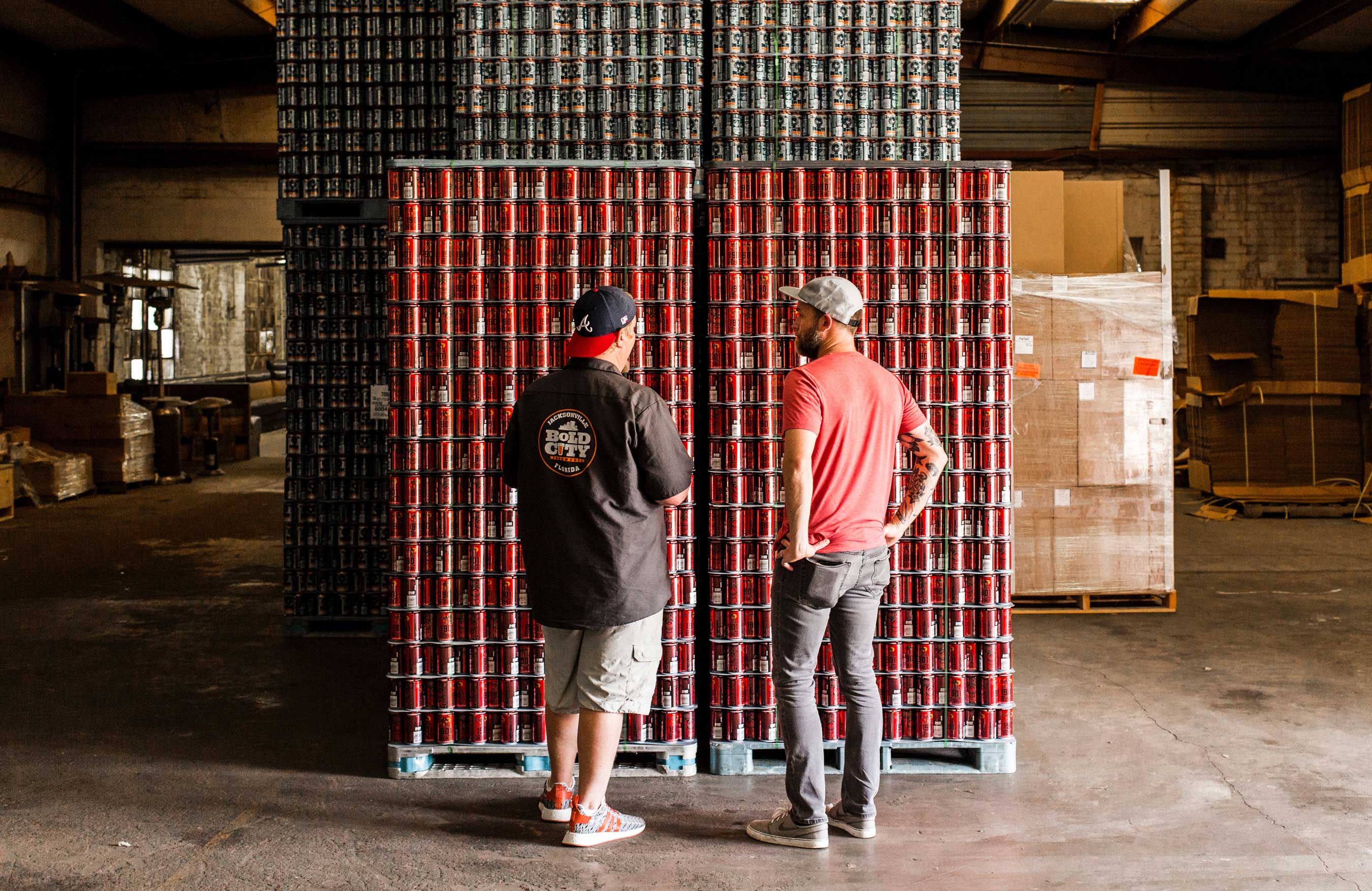A warehouse manager is tasked with running a successful storage unit for a company; sometimes running several different geographical locations at the same time. The use of software to keep track of inventory is, of course, a crucial component of that success. Today’s automated inventory checklists make this an easy matter, in theory at least. But warehouse operators still need to pay very close attention to the layout of all physical space available inside the warehouse(s), as well as keeping a close eye on supplies and equipment. Each warehouse is different, even when built and maintained along standardized lines. So each warehouse manager has to be aware of any and all variables that may impact efficiency and employee safety.
Bin and Rack System
The normal bin and rack system in a modern warehouse depends on three things: pallet position, aisle identification, and vertical sectioning. These are the three dimensions of warehouse storage.
The best situation for a warehouse operation is when barcodes can be accessed and decoded in less than 2 seconds. Slower response times tend to make the whole retrieval system unmanageable and sluggish. So make sure barcodes are immediately accessible and instantly readable. This can be optimized by maximizing racking height, aisle width, and keeping constant tabs on warehouse workers — whether walking or riding on a forklift.
Optimal warehouse management planning calls for operators to be able to scan barcodes from the same distance (up to eight feet) whether riding a forklift or on foot. The problems that arise when this rule of thumb is not followed include lack of planning ahead for a forklift when height becomes an issue and narrow aisles with barcodes up to forty feet away that compromise the accuracy of the barcode scan.
Barcode Labels
Barcode labels vary in design and size and that can complicate things. Some of the more common problems include confusing symbology and compromised printing errors that leave the barcode unscannable. The best way to ensure effective location labels is to pre-test barcodes before committing resources and time to their initiation. Testing ahead of time will reveal if the barcode labels are too small, too large, or too asymmetrical. Keep in mind that label width is going to be an issue if shelved stock is of an irregular shape and/or wrapped in a nontraditional manner.
General purpose code 39 remains the best all-around alphanumeric symbology. Before abandoning it for something else, warehouse managers should take heed of the old adage “If it isn’t broken, don’t fix it.”
Barcode label printers come in all shapes and sizes. The important thing to remember is the amount of new stock that has to be barcoded each day. In some warehouses, this amounts to no more than a few dozen items. But in many modern warehouses, the inventory flows through in the hundreds or thousands each day. Make sure the printer selected is up to the task of producing barcodes as fast and accurately as the flow of inventory demands.
The best racking system requires the barcode to be clearly visible on the crossbeam. The key is to keep barcode placement consistent, so workers always know where the barcode is going to be.


